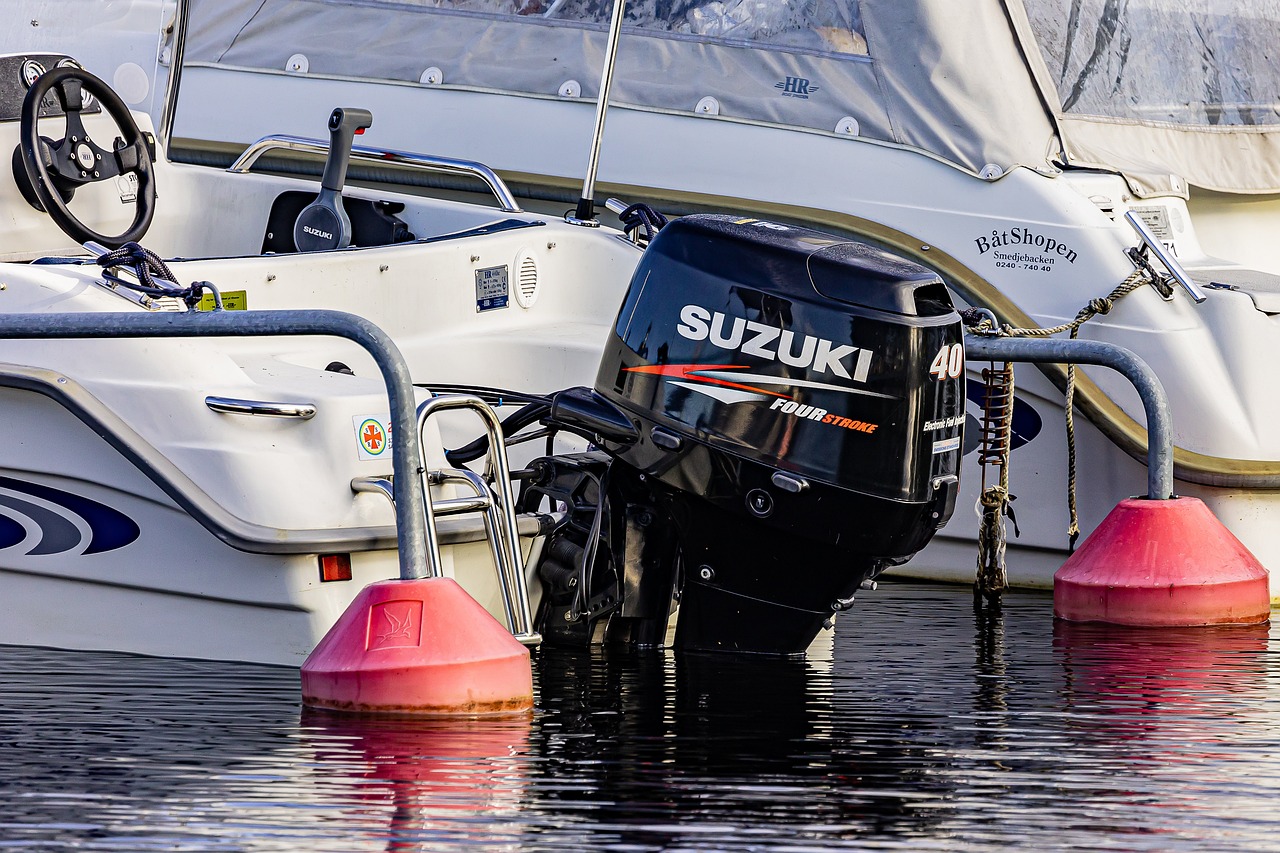Fuel efficiency is a crucial aspect to consider when it comes to outboard engines. With rising fuel costs and growing environmental concerns, optimizing the fuel efficiency of your outboard engine not only helps save money but also reduces your carbon footprint. In this article, we will explore the importance of fuel efficiency in outboard engines and provide valuable tips to help you maximize performance while minimizing fuel consumption.
- Understand the Impact of Fuel Efficiency: Fuel efficiency directly affects your boating experience in several ways. A fuel-efficient outboard engine allows you to go farther on each tank, extending your range and enabling longer boating trips without the need for frequent refueling. It also reduces the overall cost of boating by minimizing fuel expenses, making your adventures more economical and sustainable.
- Choose the Right Engine Size: Selecting the appropriate engine size for your boat is crucial for fuel efficiency. An engine that is too small may strain to provide adequate power, leading to higher fuel consumption. Conversely, an engine that is too large for your boat’s requirements can also result in excessive fuel consumption. Consult the boat manufacturer’s guidelines or seek advice from experts to determine the optimal engine size for your vessel.
- Proper Propeller Selection: The propeller plays a significant role in fuel efficiency. Choosing the right propeller size, pitch, and material can optimize the engine’s performance and fuel consumption. A propeller that is too large or has the wrong pitch can put a strain on the engine, increasing fuel consumption. Consult the manufacturer’s recommendations or seek professional advice to select the propeller that best suits your boat and engine combination.
- Maintain a Proper Trim: Trimming your outboard engine correctly can greatly impact fuel efficiency. Maintaining the correct trim angle reduces drag, allowing the boat to glide smoothly through the water and requiring less power from the engine. Experiment with different trim settings to find the optimal position that provides the best balance between speed, fuel efficiency, and handling.
- Throttle Management: Proper throttle management is crucial for fuel efficiency. Avoid unnecessary high speeds and maintain a consistent cruising speed that aligns with the boat’s hull design and engine capabilities. Sudden acceleration and deceleration consume more fuel, so aim for smooth and gradual speed adjustments. Consider utilizing cruise control or throttle limiters, if available, to maintain a steady speed and optimize fuel consumption.
- Regular Maintenance: Routine maintenance is essential for optimal fuel efficiency. Keep your engine well-maintained by following the manufacturer’s recommended service intervals. Regularly check and replace air filters, fuel filters, and spark plugs as needed. Ensure the fuel system is clean and free from any blockages. Properly lubricate moving parts and keep the engine tuned for optimal performance.
- Reduce Weight and Drag: Minimizing unnecessary weight and drag on your boat can significantly improve fuel efficiency. Remove any unnecessary items or equipment that add weight. Keep the hull clean and free from excessive marine growth or barnacles that can increase drag. Consider using lightweight materials when outfitting your boat and store gear in an organized manner to distribute weight evenly.
Conclusion:
Fuel efficiency in outboard engines is a critical consideration for boaters seeking to reduce costs and minimize environmental impact. By choosing the right engine size, propeller, and maintaining a proper trim, along with practicing throttle management and regular maintenance, you can optimize your outboard engine’s fuel efficiency. Embracing these practices allows you to enjoy longer trips, reduce fuel expenses, and contribute to a more sustainable boating experience. Remember, every effort to enhance fuel efficiency counts towards a greener and more enjoyable time on the water.
